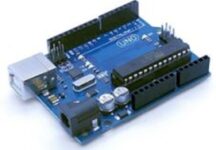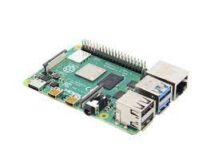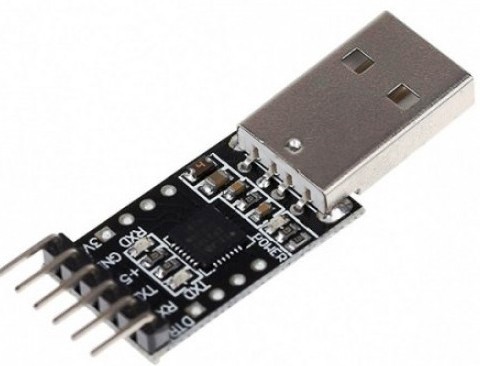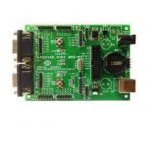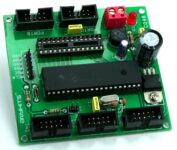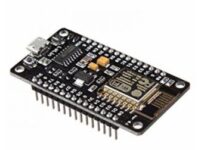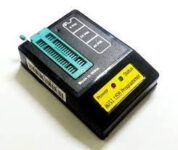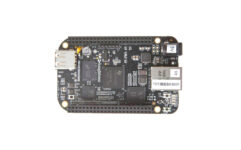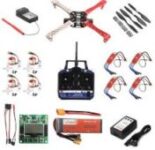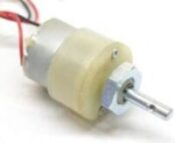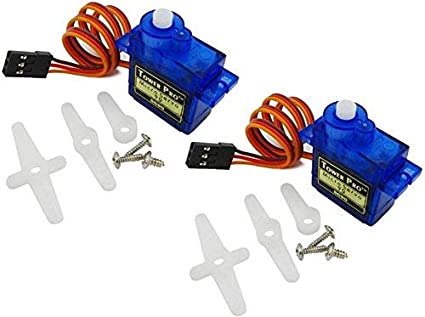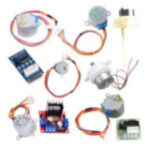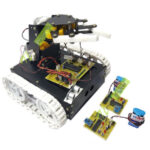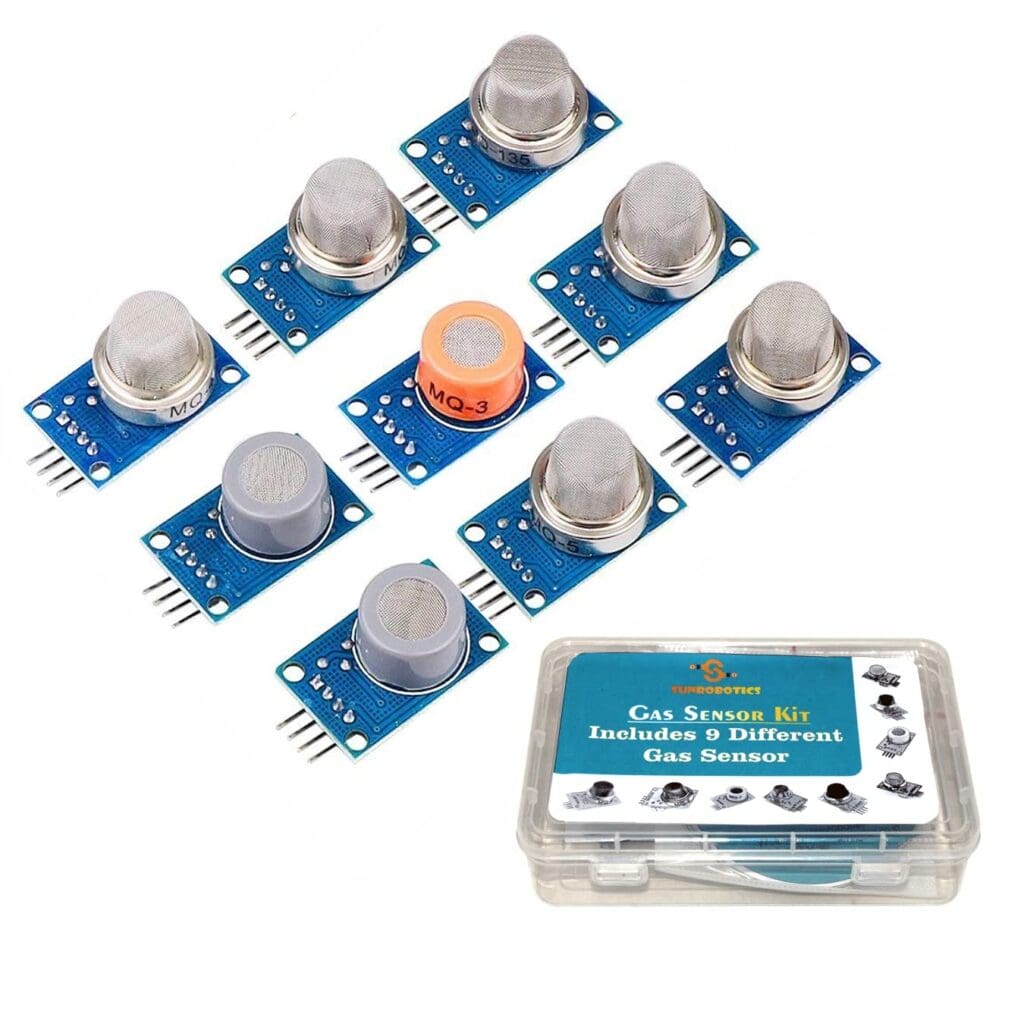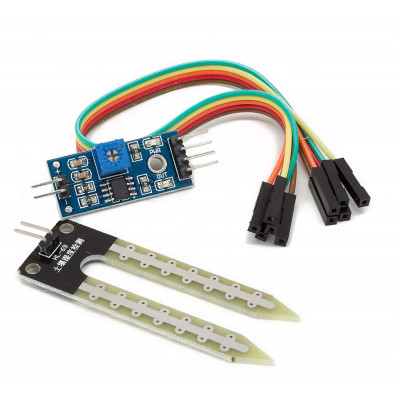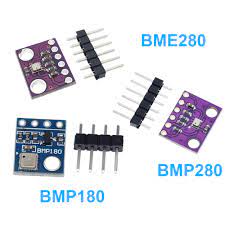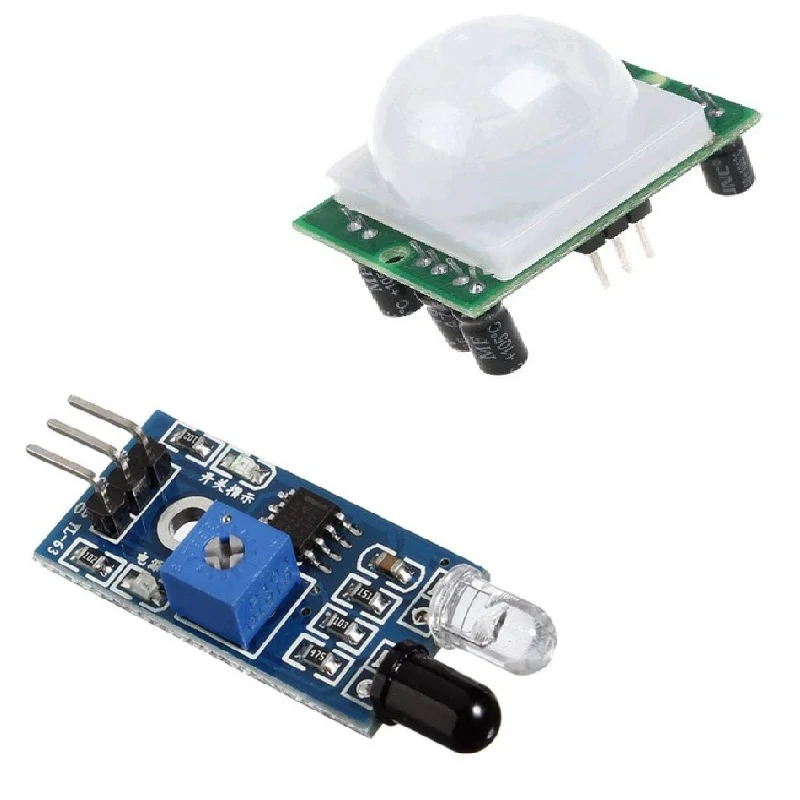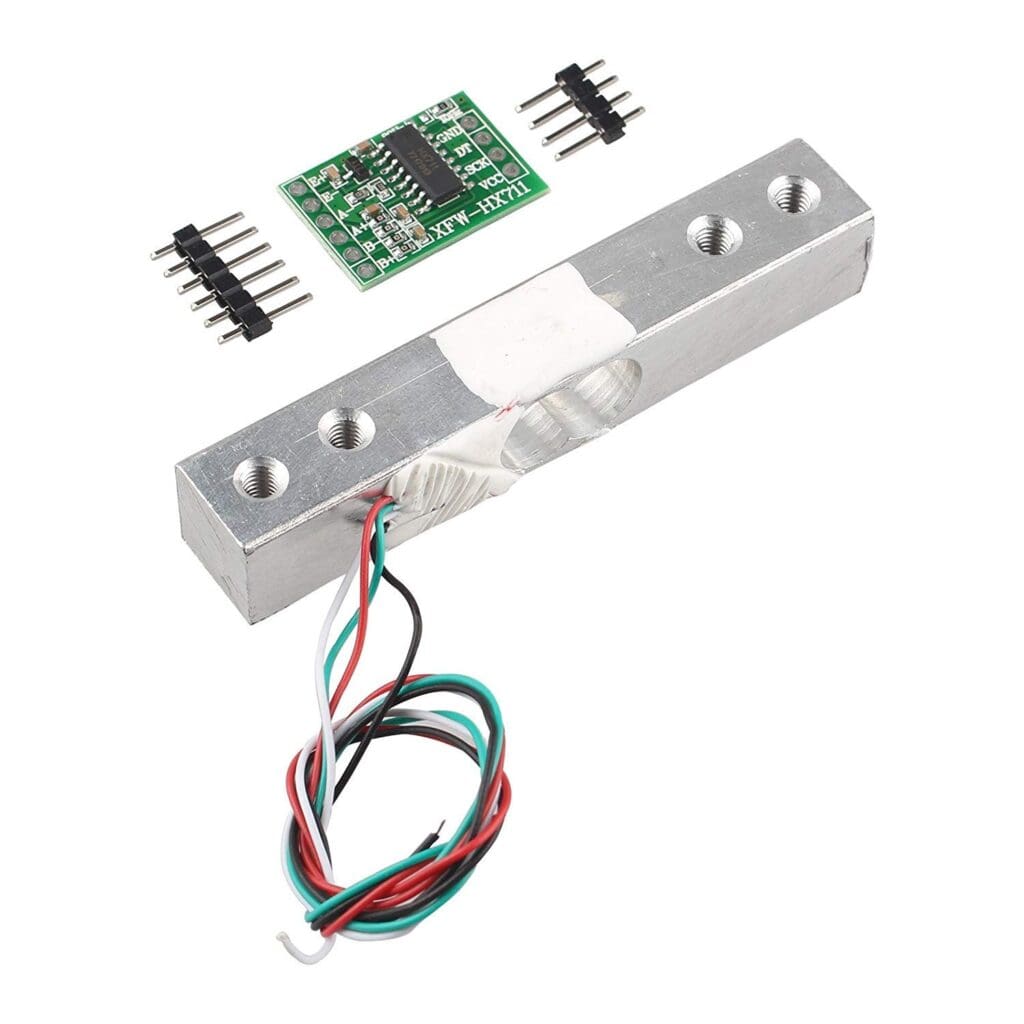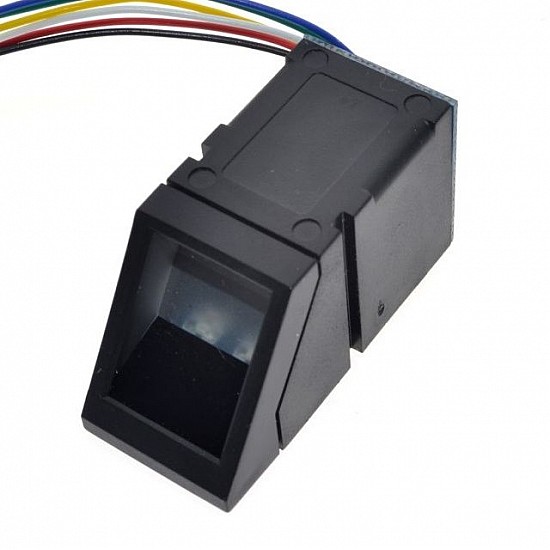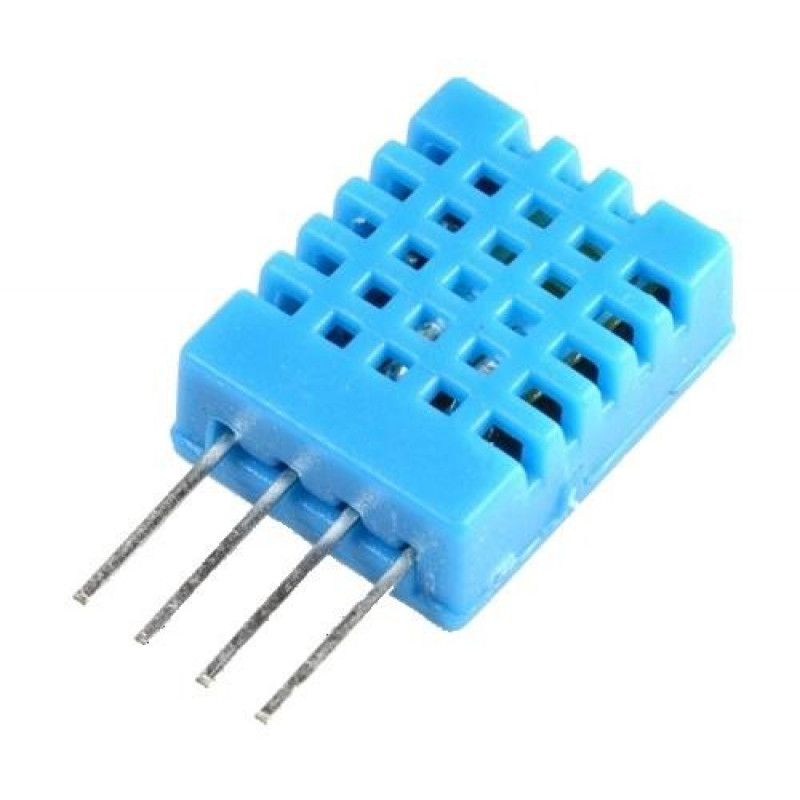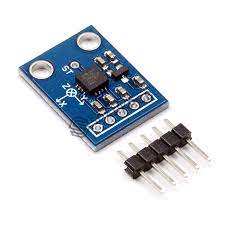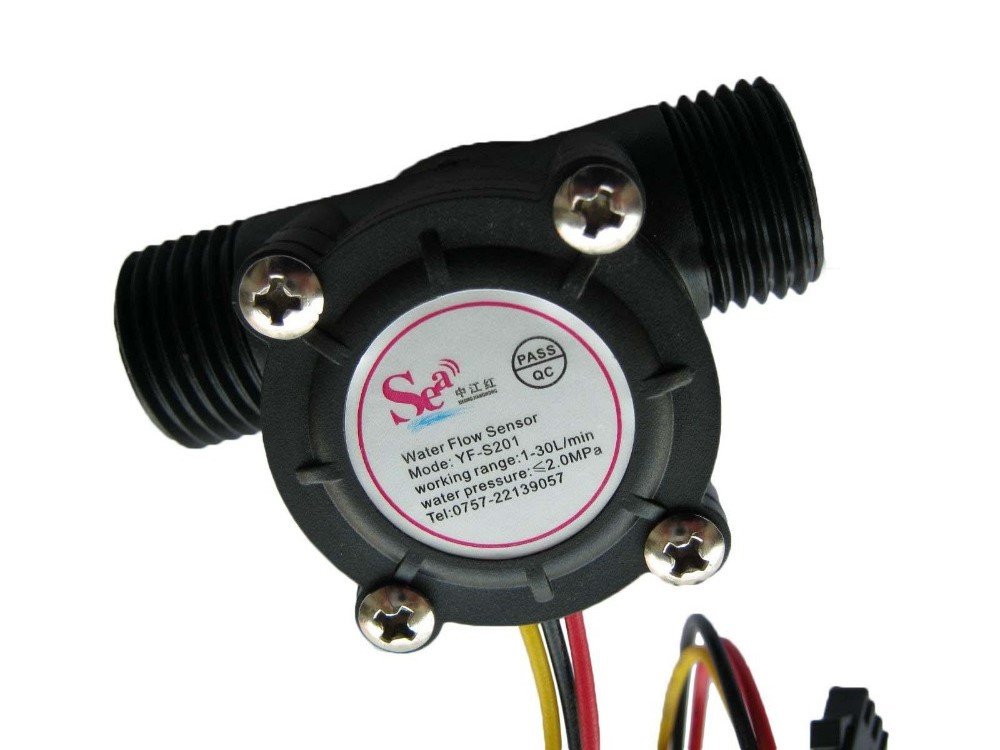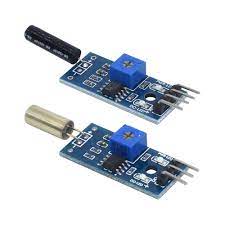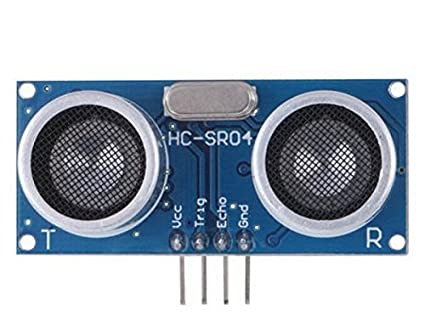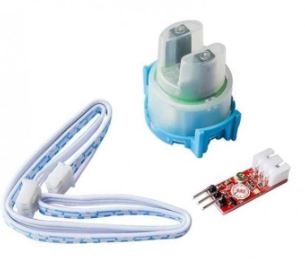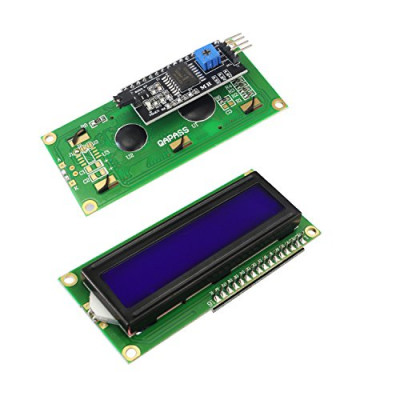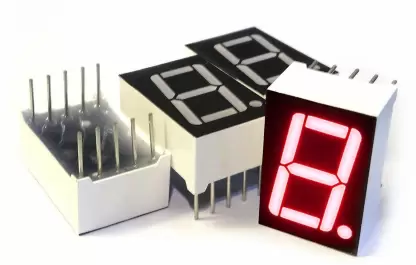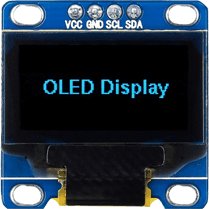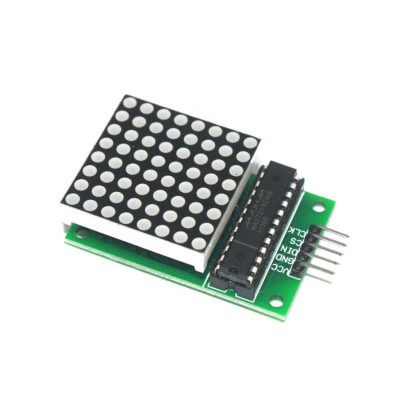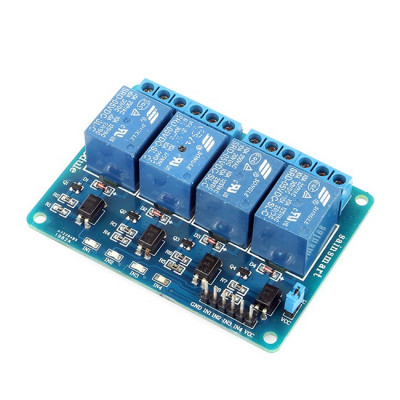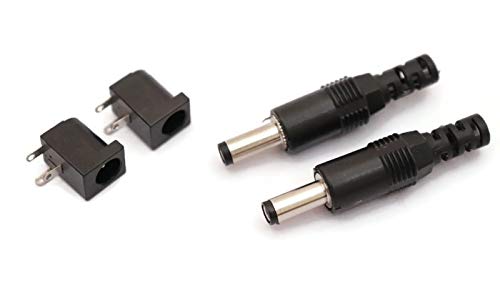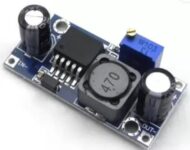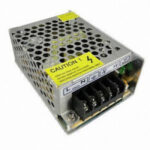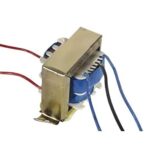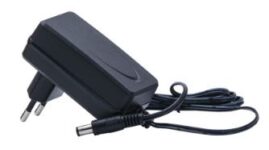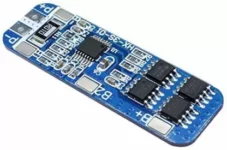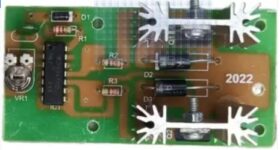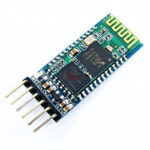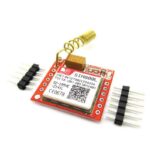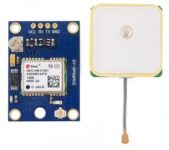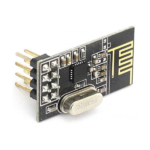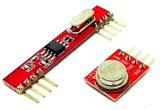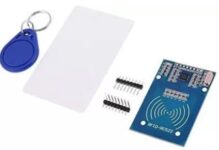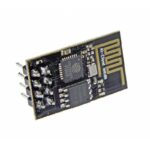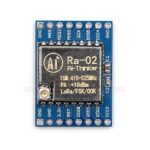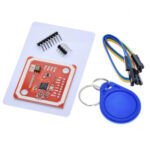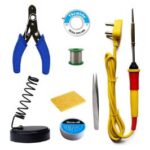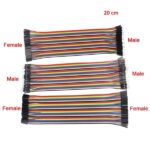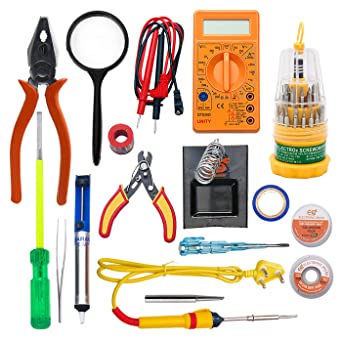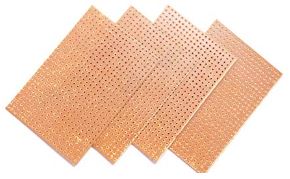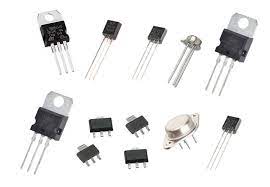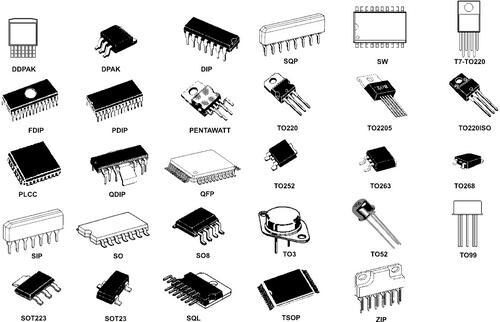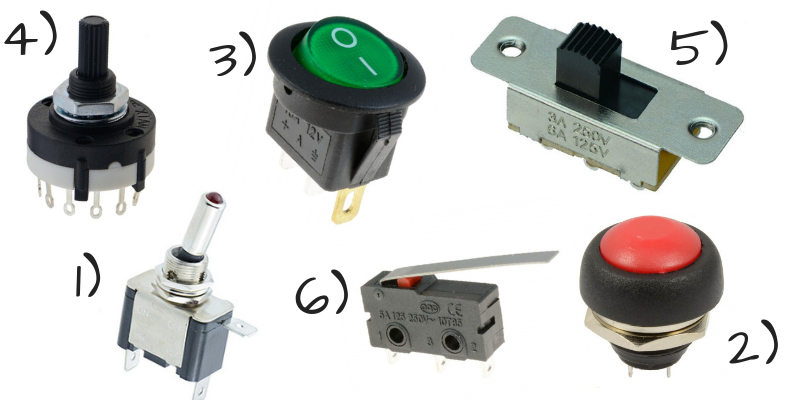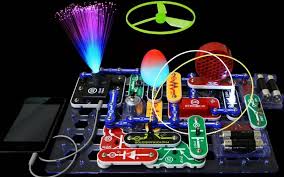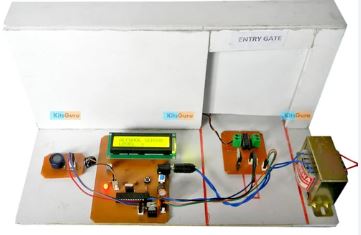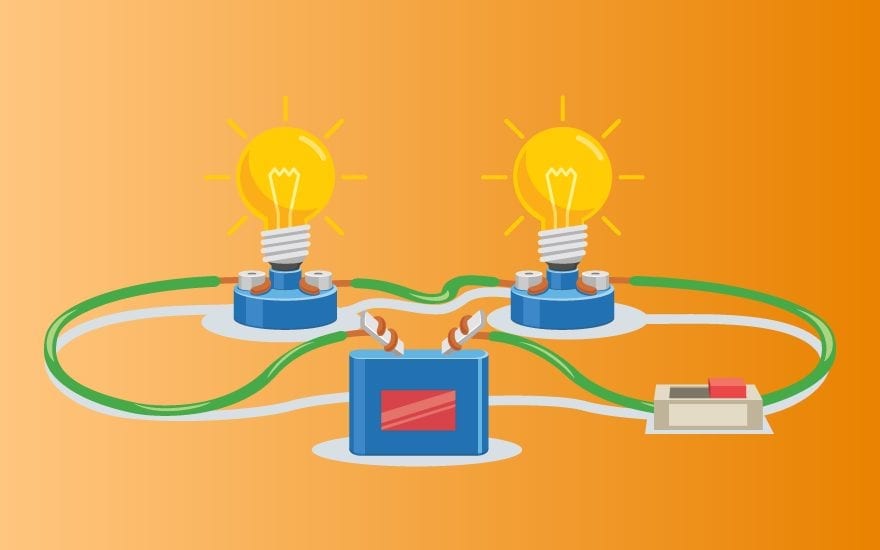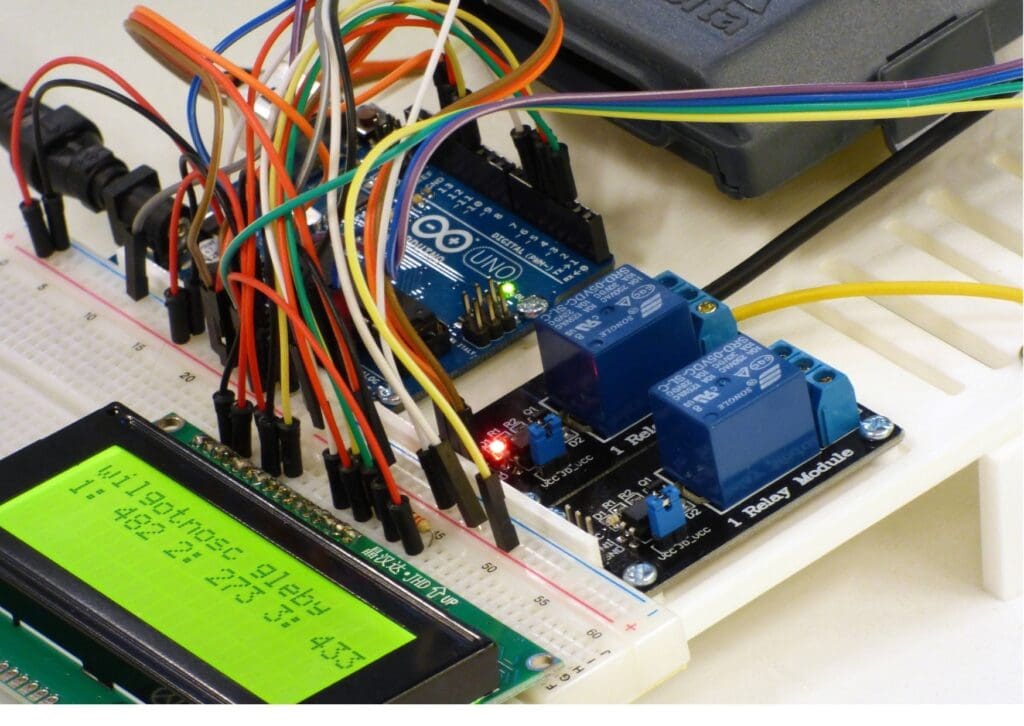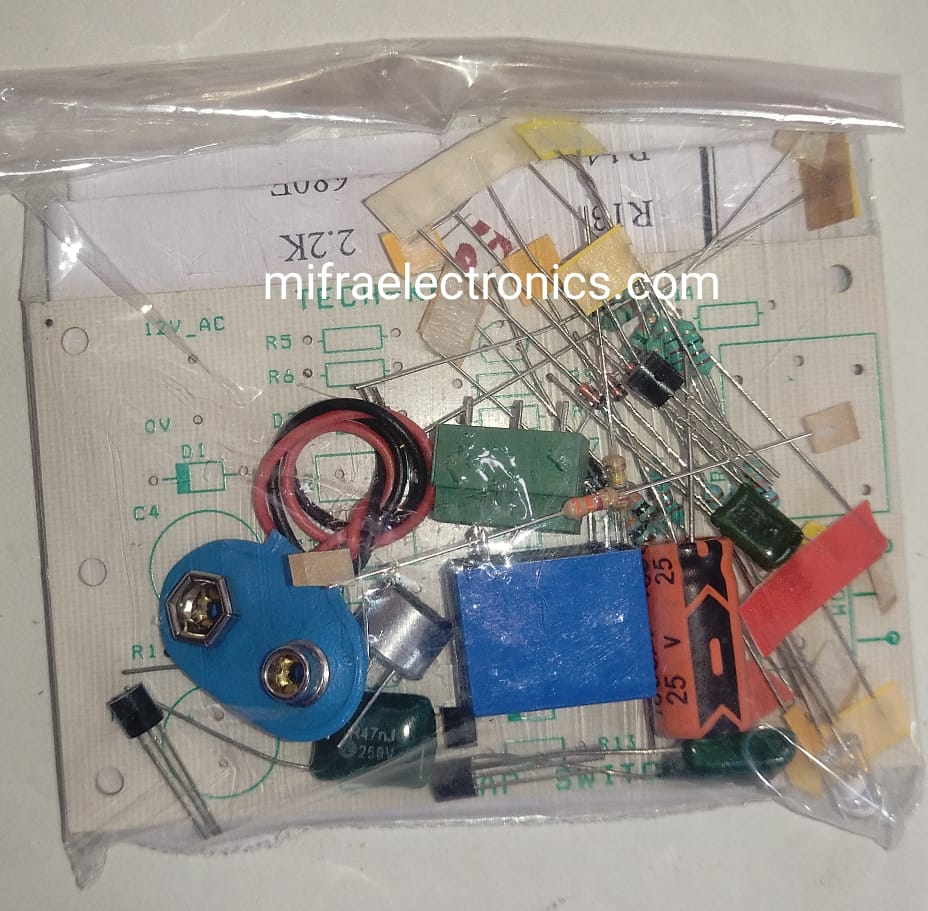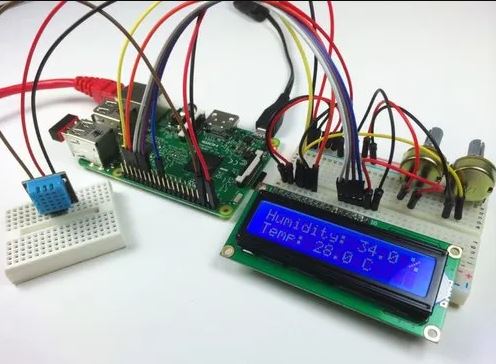Are you fascinated by the magic of electricity? Ever wondered how your home’s electrical circuits work their intricate dance to power your appliances and devices? If so, you’re in the right place. In this blog post, we’re diving deep into the world of electrical circuits, focusing on two fundamental configurations: series and parallel circuits. By the time you finish reading, you’ll have a comprehensive understanding of these circuit types, their real-world applications, and how they impact your daily life.
Understanding the Basics: Series Circuits
Let’s start with series circuits. Imagine a string of holiday lights where one bulb going out causes the whole string to go dark. That’s a classic example of a series circuit in action. In a series circuit, components are connected one after the other in a single pathway. Here are the key characteristics:
1. Constant Current Flow:
In a series circuit, the current (the flow of electrons) remains the same throughout the entire circuit. It’s like a single-file line of people; everyone moves at the same pace.
2. Voltage Adds Up:
The voltage across each component adds up to the total voltage of the circuit. This means that if you have three 5-volt bulbs in series, the total voltage across the circuit is 15 volts.
3. Total Resistance Increases:
The total resistance in a series circuit is the sum of the individual resistances of the components. So, if you have two resistors with values of 4 ohms and 6 ohms in series, the total resistance is 10 ohms.
4. Failure Consequences:
One of the crucial aspects of series circuits is that if one component fails or is disconnected, the entire circuit is disrupted. This property is both a strength and a weakness, depending on the application.
Applications of Series Circuits
Series circuits have a range of applications in the real world:
1. Christmas Lights:
As mentioned earlier, holiday lights are a classic example of series circuits. If one bulb goes out, it doesn’t affect the others, but it does disrupt the circuit.
2. Flashlights:
Many flashlights use series circuits to power their bulbs. Again, if the bulb burns out or fails, the circuit is broken.
3. String Instruments:
Electric guitars and basses often use series circuits to connect their pickups, allowing for unique tonal characteristics.
4. Safety Fuses:
In household electrical systems, fuses are often arranged in series. If too much current flows through the circuit, the fuse “blows” (melts), interrupting the circuit and preventing electrical fires.
The Wonders of Parallel Circuits
Now, let’s explore parallel circuits, which offer a different perspective on electrical connections. In a parallel circuit, components are connected side by side, creating multiple paths for the current to flow. Here’s what you need to know:
1. Voltage Remains Constant:
In a parallel circuit, the voltage across each component remains the same. This means that if you have multiple bulbs in parallel, each will receive the same voltage.
2. Current Divides:
Unlike in series circuits, where the current remains constant, in parallel circuits, the current divides among the branches. Think of it like a river splitting into multiple streams.
3. Total Resistance Decreases:
The total resistance in a parallel circuit is less than the smallest individual resistance. This allows for a higher overall current flow.
4. Failure Tolerance:
A significant advantage of parallel circuits is their failure tolerance. If one component fails or is disconnected, the other components continue to function. This property is why most of our household wiring is done in parallel.
Real-World Applications of Parallel Circuits
Parallel circuits are ubiquitous in our daily lives:
1. Home Wiring:
The electrical outlets and switches in your home are wired in parallel. If one outlet stops working, it doesn’t affect the others.
2. Vehicle Wiring:
Automotive electrical systems rely heavily on parallel circuits. If a taillight goes out, your headlights and other lights still work.
3. Electronic Devices:
Inside your electronic gadgets, you’ll find various components connected in parallel, ensuring that if one component fails, it doesn’t render the whole device useless.
4. Power Distribution Grids:
The entire power distribution grid is built on the foundation of parallel circuits, ensuring a continuous power supply even if certain lines or generators fail.
Mathematics Behind Circuits
Understanding the mathematics behind circuits is essential, especially when designing or troubleshooting them. In series circuits, you simply add the individual resistances to find the total resistance. In parallel circuits, you use the reciprocal formula, which is a bit more complex but well worth the effort for efficient circuit design.
Let’s say you have resistors with values R1, R2, R3, and so on in parallel. The formula for calculating the total resistance (R_total) is:
\[ \frac{1}{R_total} = \frac{1}{R1} + \frac{1}{R2} + \frac{1}{R3} + \ldots \]
This formula allows you to determine the overall resistance of the parallel circuit, which in turn affects the total current flow.
Troubleshooting and Maintenance
Knowing how to troubleshoot and maintain electrical circuits, whether they’re in your home or a complex industrial system, is invaluable. Here are some essential tips:
1. Safety First:
Always turn off the power source before working on any circuit. Use appropriate safety equipment, such as insulated tools and protective gear.
2. Multimeter Magic:
Invest in a good quality multimeter. It’s your go-to tool for measuring voltage, current, and resistance. With a multimeter, you can diagnose issues quickly and accurately.
3. Visual Inspection:
Sometimes, the problem is obvious. Check for loose connections, burned-out components, or signs of damage. Look for discolored wires or melted insulation.
4. Isolation Techniques:
If you suspect a problem in a series circuit, disconnect each component one by one to identify the faulty one. In parallel circuits, you can use a similar approach by disconnecting branches until you find the issue.
Safety Considerations
We can’t stress enough the importance of safety when working with electrical circuits. Even a small household circuit can deliver a potentially lethal shock if mishandled. Here are some safety considerations:
1. Knowledge:
Never work on electrical circuits if you’re not confident in your understanding of them. Seek professional help if needed.
2. Turn Off the Power:
Always disconnect the power source before touching any wires or components. Use lockout/tagout procedures if working in an industrial setting.
3. Insulation:
Ensure that wires are properly insulated and free from damage. Replace damaged cords and cables immediately.
4. Grounding:
In certain situations, grounding is essential to prevent electrical shock. Ensure your circuits are properly grounded, especially in wet or damp environments.
Conclusion
Electrical circuits are the invisible heroes that power our modern world. Understanding the differences between series and parallel circuits is like having a backstage pass to this electrifying show. Whether you’re troubleshooting a flickering light bulb in your living room or designing a complex electrical grid, the knowledge you’ve gained here will serve you well. So, next time you flip a switch or plug in a device, remember the intricate wiring that makes it all possible. Electricity may be invisible, but its impact on our lives



